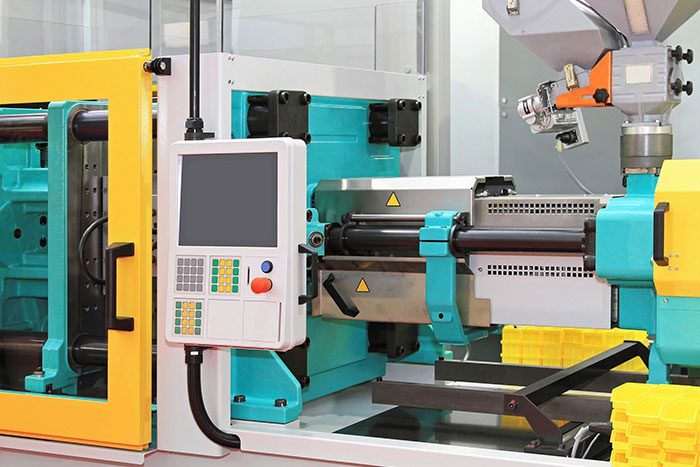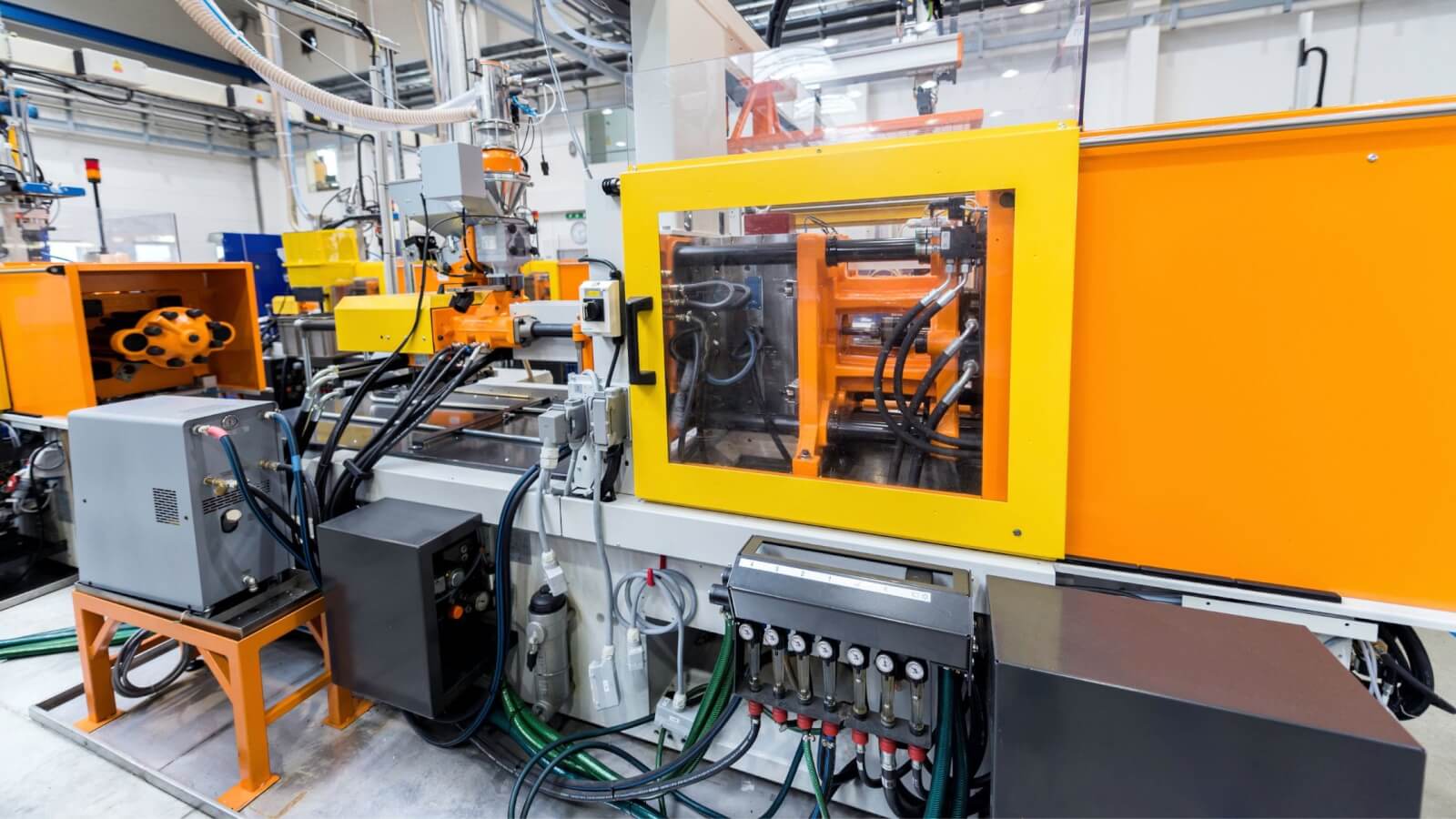Recognizing the Plastic Injection Molding Process for High-Quality Manufacturing
Recognizing the Plastic Injection Molding Process for High-Quality Manufacturing
Blog Article
The Future of Plastic Injection Molding: Technologies and trends to Enjoy
As the plastic injection molding market progresses, numerous key trends are emerging that guarantee to improve its landscape. Automation and clever production techniques are set to improve efficiency, while the change in the direction of lasting products shows an expanding environmental consciousness. Moreover, improvements in 3D printing are leading the means for extraordinary layout adaptability. These advancements likewise bring forth difficulties that call for careful consideration. Understanding just how these elements will interact and affect future techniques is critical for stakeholders aiming to browse this transformative duration effectively.
Automation and Smart Manufacturing
As the plastic injection molding industry advances, automation and smart manufacturing are taking spotlight, reinventing production procedures - Plastic Injection Molding. The integration of advanced innovations such as robotics, IoT (Internet of Points), and expert system is making it possible for manufacturers to boost performance, reduce operational costs, and improve item top quality. Automated systems streamline workflows, reducing hands-on treatment and raising throughput, which is essential in meeting the climbing demand for fast manufacturing cycles
Smart manufacturing technologies promote real-time surveillance and data evaluation, permitting companies to maximize maker efficiency and predict maintenance demands. This proactive approach not just minimizes downtime yet likewise prolongs the life-span of devices. The use of joint robotics, or cobots, enhances the flexibility of production lines, enabling workers and makers to run side by side securely and efficiently.
The adoption of automation in plastic injection molding is not just a trend but a calculated essential for businesses intending to remain competitive in a worldwide market. By using these technologies, makers can attain higher accuracy, minimize waste, and adapt promptly to transforming consumer needs, placing themselves for lasting growth in a significantly automated future.
Lasting Products and Practices
The press in the direction of automation and smart manufacturing has actually led the way for a better emphasis on lasting products and practices within the plastic shot molding sector. Business are increasingly looking for green choices to traditional petroleum-based plastics, causing the fostering of recycled and bio-based materials. These lasting materials not only minimize environmental effect yet also line up with consumer need for greener products.

Additionally, collaboration in between manufacturers, product vendors, and ecological organizations is cultivating innovation in the development of sustainable products that meet performance requirements without endangering high quality. As guidelines around plastic usage end up being stricter, the industry is poised to adapt by welcoming these lasting techniques, making certain long-lasting feasibility and decreasing reliance on non-renewable resources. The assimilation of sustainability into plastic shot molding is not merely a trend; it is becoming an important component of corporate responsibility and functional excellence.
Breakthroughs in 3D Printing
Recent developments in 3D printing innovation are significantly changing the landscape of plastic injection molding. The assimilation of additive production processes permits the fast prototyping of complicated geometries that were impossible or as soon as difficult to attain through traditional techniques - Plastic Injection Molding. This capability not only increases product development cycles yet additionally reduces product waste, lining up with the growing demand for lasting manufacturing practices
Furthermore, the appearance of hybrid manufacturing strategies, which integrate 3D printing and shot molding, uses manufacturers the capability to develop elaborate weblink layouts while maintaining the efficiency of automation. This technique makes it possible for the production of tailored components customized to details consumer requirements without giving up the speed and scalability that injection molding offers.
Furthermore, developments in products, such as high-performance polymers and compounds particularly created for 3D printing, are boosting the useful capacities of published components. These materials can hold up against better stress and anxiety and display enhanced thermal properties, making them appropriate for more demanding applications.
As 3D printing remains to develop, its combination into plastic shot molding procedures assures to improve efficiency, minimize prices, and foster technology in item design, positioning manufacturers to better meet the challenges of a competitive market.
Data Analytics and IoT Integration
Data analytics and the integration of the Internet of Things (IoT) are transforming plastic injection molding by offering producers with unprecedented insights right into their procedures. By leveraging real-time information gathered from interconnected devices and sensing units, manufacturers can check efficiency metrics, determine ineffectiveness, and enhance production procedures. This data-driven strategy assists in predictive maintenance, reducing downtime and extending tools lifespan.
Furthermore, IoT assimilation permits improved high quality control. By continually tracking variables such as cycle, temperature, and stress times, makers can swiftly spot deviations from established parameters and make adjustments in real time. This not only boosts product uniformity however also decreases waste and scrap rates.
The blend of data analytics and IoT technologies additionally equips producers to take on even more nimble manufacturing techniques. With accessibility to extensive information analytics, organizations can react to market needs with better versatility, readjusting production routines and configurations as needed. This flexibility is important in a swiftly changing manufacturing landscape.

Modification and Style Adaptability
How can modification and layout versatility enhance the competition of plastic injection molding? Customization permits producers to meet certain client needs, accommodating special dimensions, shapes, and capabilities that common products might not satisfy.
Advancements in style modern technologies, such as computer-aided design (CAD) and rapid prototyping, additional boost this pattern. These tools allow designers to produce intricate geometries and elaborate patterns, which can be flawlessly integrated right into the manufacturing procedure. Consequently, makers can respond quickly to changing consumer preferences and market needs.
Additionally, the application of modular tooling systems improves layout flexibility, permitting for quicker changes in between different item styles without substantial downtime. This adaptability can result in lowered lead times and lower manufacturing prices, making companies much more competitive and agile. Eventually, welcoming personalization and layout flexibility in plastic injection molding not just boosts item offerings but likewise reinforces market positioning in an ever-evolving landscape.
Conclusion
The future of plastic shot molding is identified by substantial innovations in automation, sustainable practices, and innovative materials. Customization with modular tooling and quick prototyping will enable manufacturers to remain responsive and affordable to the dynamic needs of the market.

The future of plastic injection molding is characterized by significant improvements in automation, sustainable practices, and cutting-edge products.
Report this page